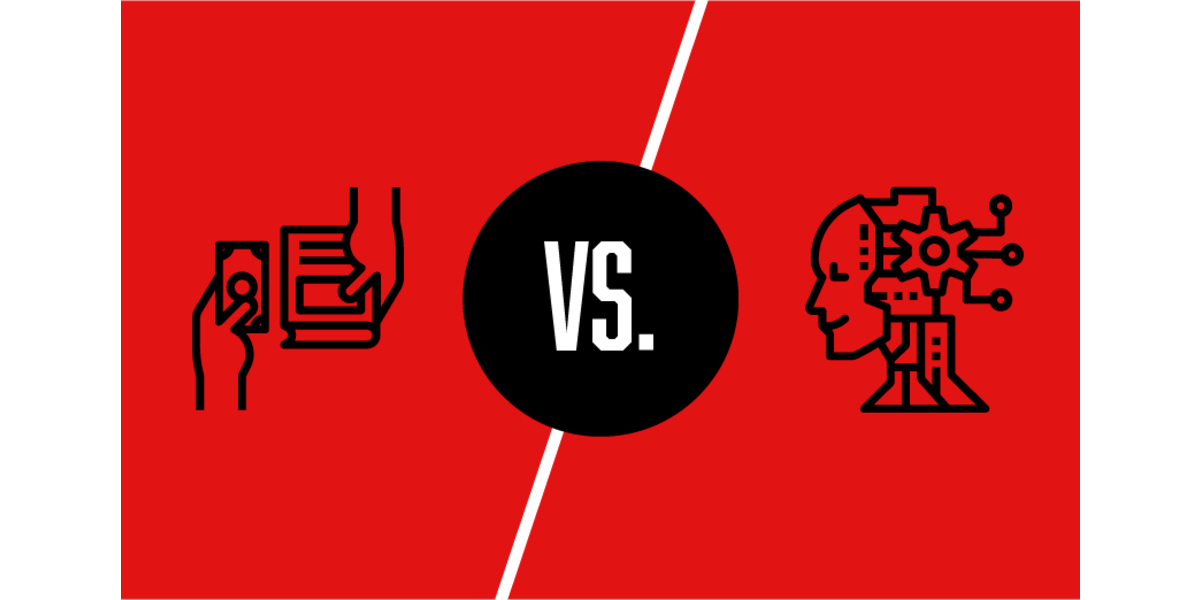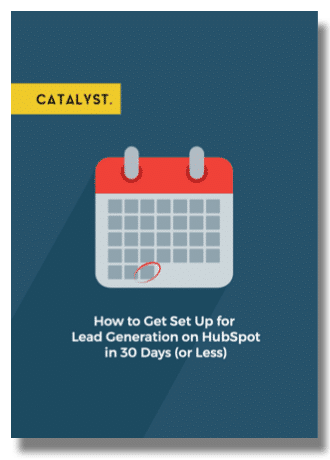For decades now, the cornerstone of growth for most SMEs here in the UK has been a good old-fashioned, no-nonsense sales and lead generation strategy.
Cold calling.
Networking.
Referrals.
Word of mouth.
All of these lead generation tactics still work today for the large majority of businesses out there – and we’re not here to tell you they don’t.
It would be pretty ridiculous for us to recommend sacking your sales team, closing off your networks and burning those lucrative, long-standing referral bridges in order to have a crack at fulfilling some digital marketing and modern lead generation pipedream.
Anyone who tells you that you can use marketing alone to drive growth in your business is a very dangerous kind of person who should be avoided at all costs.
Equally though, anyone who tells you that the traditional methods are all you need is just as dangerous to your business’ growth.
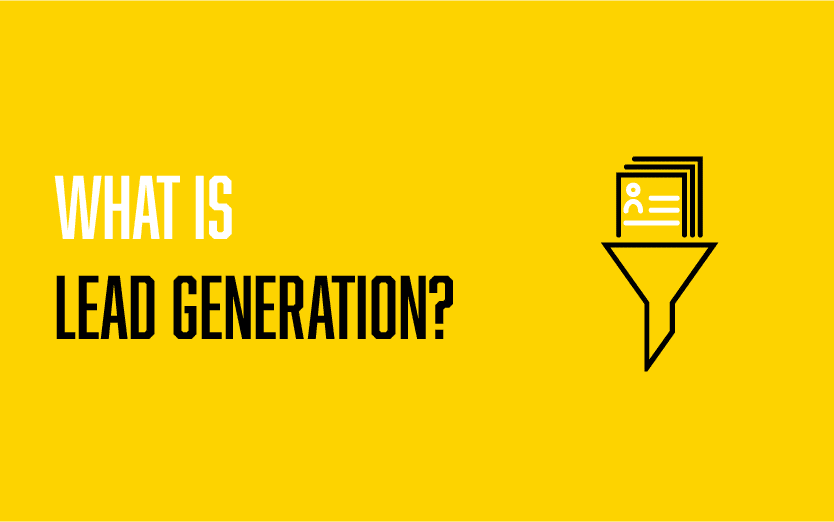
What is lead generation?
For those that don’t already know, lead generation is all about opening doors with people who are a good fit for your product or service, paving the way for a business opportunity now or in the future.
Traditional lead generation involves all of the offline techniques businesses have been using for decades, including cold calling, networking, direct mail and referral networks.
Modern lead generation techniques however are far less manual, allowing you to target thousands of prospects at the same time.
Modern tactics for lead generation include email marketing, automation, social media, inbound marketing, PPC and SEO.
Why isn’t a traditional lead generation strategy enough?
We’ve written at length on this blog about sales and marketing alignment and the need for both departments, working in harmony, to truly guarantee your business stepping up its growth and getting anywhere near fulfilling its potential.
The fact is that without the extra touch points marketing can create, sales will never be able to close as many deals as they possibly could.
Equally, how can marketing ever be truly effective without the insights of a sales function and personal touch when a marketing qualified lead does come in?
The need for more than just a traditional lead generation strategy goes back to the old insanity thing people often quote Einstein on: if you keep doing the same things over and over, you’ll only ever get the same results.
The flipside of that same coin is the equally true notion that doing something new will bring you new results.
So in essence, if you want to take your business somewhere it’s never been before, you need to do things you’ve never done.
So what does a digital marketing strategy offer that a traditional strategy doesn’t?
There’s a common misconception of marketing that it’s here to remove the human touch from the world, wiping your traditional salespeople and their old-school lead generation tactics off the face of the earth for good, replacing them with nothing but cold, robotic, modern marketing methods driven purely by data and analytics.
The truth however is far less sinister; digital marketing is here to complement your existing approach and take every aspect of your business to a whole new level.
Traditional sales is key and always will be: we ourselves have a sales function and we’re a digital marketing agency.
But there are three key things a proper, well-researched marketing and lead generation strategy will help you to achieve which you otherwise couldn’t:
- You’ll generate more, quality leads
- You’ll better nurture new and existing leads
- You’ll close more deals as a result
1. Generate more leads
Remember those tests you took at school that told you if you were a visual, auditory or kinaesthetic learner?
They were based on the fact that different people absorb information in different ways, with some people preferring to read things in their own time, some being great at listening and others only really learning when they get involved and see things for themselves.
Well this is exactly how you should think about all of the prospects in your market: some will react to one tactic, others another.
Famously, cold calling reaps about a 1-3% return on calls made.
This of course differs from industry to industry, depends on the quality of your data and also the skill of your salespeople, but generally speaking that’s the average return.
So what about the other 97% of people?
They all likely need what you sell.
In fact, many of them do buy what you sell, they just don’t like to take calls or are guarded by very protective gatekeepers.
The sad fact is that some people – no matter whether they need what you’re selling or not – will refuse to take a call and discuss their challenges or business goals because they know the person on the other end is going to sell to them.
So how do they go about purchasing? And more importantly, how can you capture their attention in the form of a nice, warm, juicy lead?
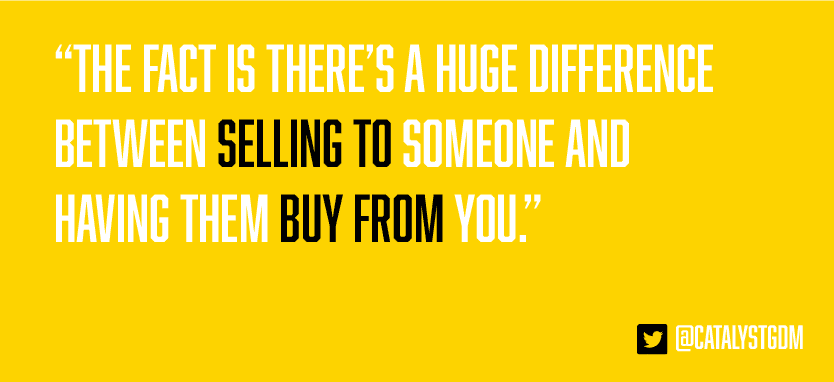
Some people are happy to be sold to and openly discuss their needs, but most aren’t. Most prefer to buy than be sold.
Just like with those tests at school, a lot of people take in their information in other ways, with many preferring to search for material of their own accord, in their own time, getting in touch on their terms, not being disturbed by an out-of-the-blue sales call.
Others will respond well to email campaigns, while some love to scroll through social media and read valuable information that way.
The point is that if you’re just relying on cold calls and traditional methods to generate your leads, with no digital strategy in place, you have to ask yourself how many leads are passing you by, right into the warm arms of a competitor?
The answer is probably about 97%.
That’s why a digital marketing and lead generation strategy is so key to taking your business’ growth to the next level, plugging the lead gen gaps in order to make sure that at least a good chunk of that pool of prospects heads your way rather than flowing right past.
2. Better nurture new and existing leads
“Call me in a few months time.”
This short but most evil of sentences starts a never-ending cycle of sales torture, whereby each time you call, there’s a high chance the prospect won’t remember you – or will at least just politely pretend they do – telling you not much has changed and to get back in touch again in a few months’ time.
This is not only incredibly painful and degrading for any semi-seasoned salesperson, it also reduces the effectiveness of your sales calls significantly.
If you keep building up your pipeline with people who will likely give you the same answer next time around, your team becomes a team of busy fools, rather than one made up of smart, effective workers.
So what should you do? Delete those leads from the pipeline?
Well you could, but that would be incredibly un-wise given the fact you’ve found a business that will at some point need what you’ve got.
We’ve actually written an entire article on dealing with this most famous and annoying of sales objections, which you can read here.
The gist is this though: if you rely solely on traditional sales tactics, you only give yourself two touch points: the first call and the next call.

If you use a marketing strategy, though, you can create a much deeper relationship with prospects in the meantime, without even speaking to them or actually needing to do anything.
Here’s an example of how a really simple content marketing system would help that along:

The above graphic is of course very simplistic, but in reality the difference even just a basic content marketing strategy can have is huge.
New piece of content, email to prospects, new piece of content, email to prospects.
Nothing fancy at all.
But by writing quality content each month that’s relevant to your prospects’ challenges and distributing it to your mailing list, you add more touch points to your sales process.
This in turn pushes prospects back to your website, with your blogs linking to downloadable guides, pages on the services you offer and case studies explaining how you’ve solved their challenges before.
And even if they never read any of the content you send through, your company name and brand periodically landing in their inbox, along with the relevant salesperson’s name, will slowly build up in the prospects’ mind.
This whole process acts to significantly reduce the risk that your prospects won’t know who your salespeople are the next time they call.
It’s also worth noting here that not only do you create more touch points, you also gather more data on your prospects.
Say you send out a piece of content and your prospect clicks through to read it, your salespeople will get notifications to let them know like this one:
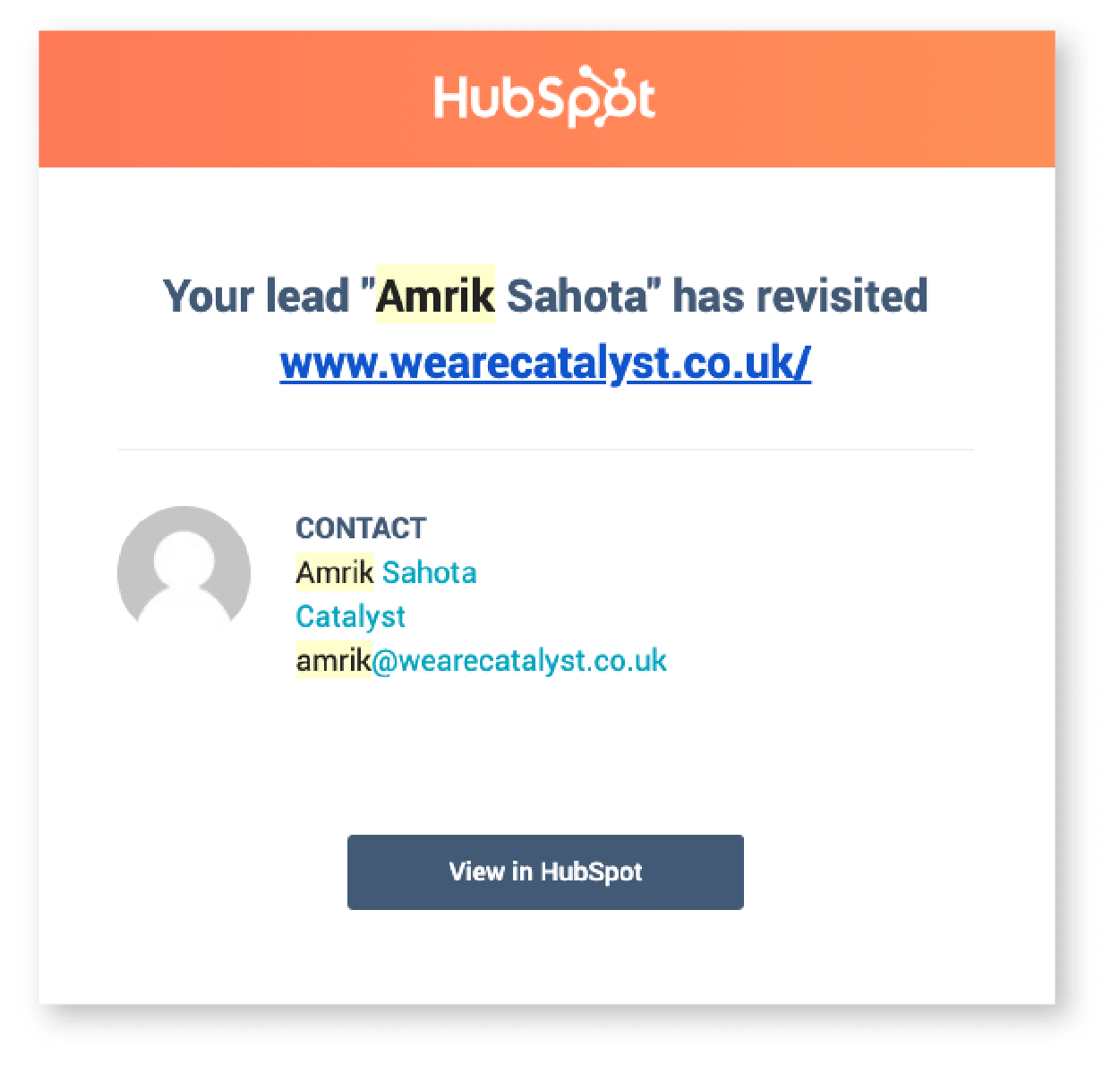
So if one day, out of the blue, a prospect comes back onto your site and starts looking around at one of your service pages, your sales team have got the insight they need to get in touch and open a discussion.
Do you currently know when prospects are revisiting your site?
This, combined with other tactics like re-marketing and social ads – both of which can be used to show adverts to people who have previously visited your website – is an incredibly powerful way to push yourself right to the front of all of your prospects’ minds.
3. Close more deals
Finally, and perhaps most importantly, is the fact that new marketing techniques can be used in conjunction with traditional sales to help you close more deals.
Once a proposal or quote has gone out, there’s that horrible, silent, stuck-in-limbo period where you’re not sure what’s going on in the prospects’ mind and which way the decision is going to swing.
Traditionally, there’s not much you can do here other than chase the prospect with a call or email, or perhaps even pop in to see them if you’re really feeling brave.
And this is one of many ways marketing automation campaigns can come in handy.
One of the most effective email workflows you can setup is one which you enter a prospect into as soon as the quote or proposal goes out.
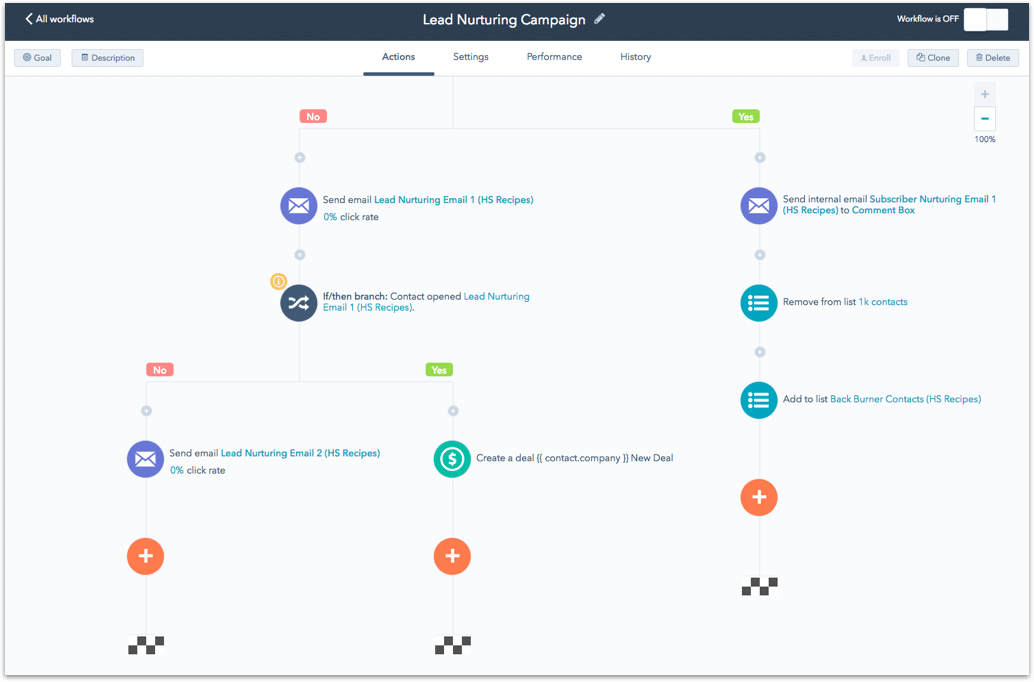
An example of a HubSpot email workflow which can be used for lead nurturing and closing.
They then receive a chain of emails featuring proof points like case studies, business and product-related statistics and even personal follow-up emails after set periods of time.
This is one of the best ways to give leads that final, subtle push without disturbing them too often, the beauty being that everything is automated.
It’s also important to mention here that, using systems like HubSpot allows you to track how many times a prospect has opened their proposal, which pages they’ve viewed and for how long they’ve viewed each one, as well as the aforementioned alerts when they revisit the site and open emails.
All of this information takes your sales team’s approach to another level, with the exact knowledge they need to make tactile, logical next steps with prospects, rather than just chasing and hoping.

Traditional Sales + Modern Marketing = Growth
Of course, the examples in this article are very top level; a full marketing strategy combined with traditional lead generation tactics will go much deeper than the simplistic methods mentioned above.
The point however is this: with traditional sales alone, you’re missing out on a lot of growth opportunities which should be coming your way.
Want to learn how to make your lead generation strategy sing? Get in touch with our team of lead generation specialists today. We’ll provide honest advice on what we feel is best for your business.
Alternatively, reach out to us using the below details:
E: hello@wearecatalyst.co.uk
T: 0121 296 5275
